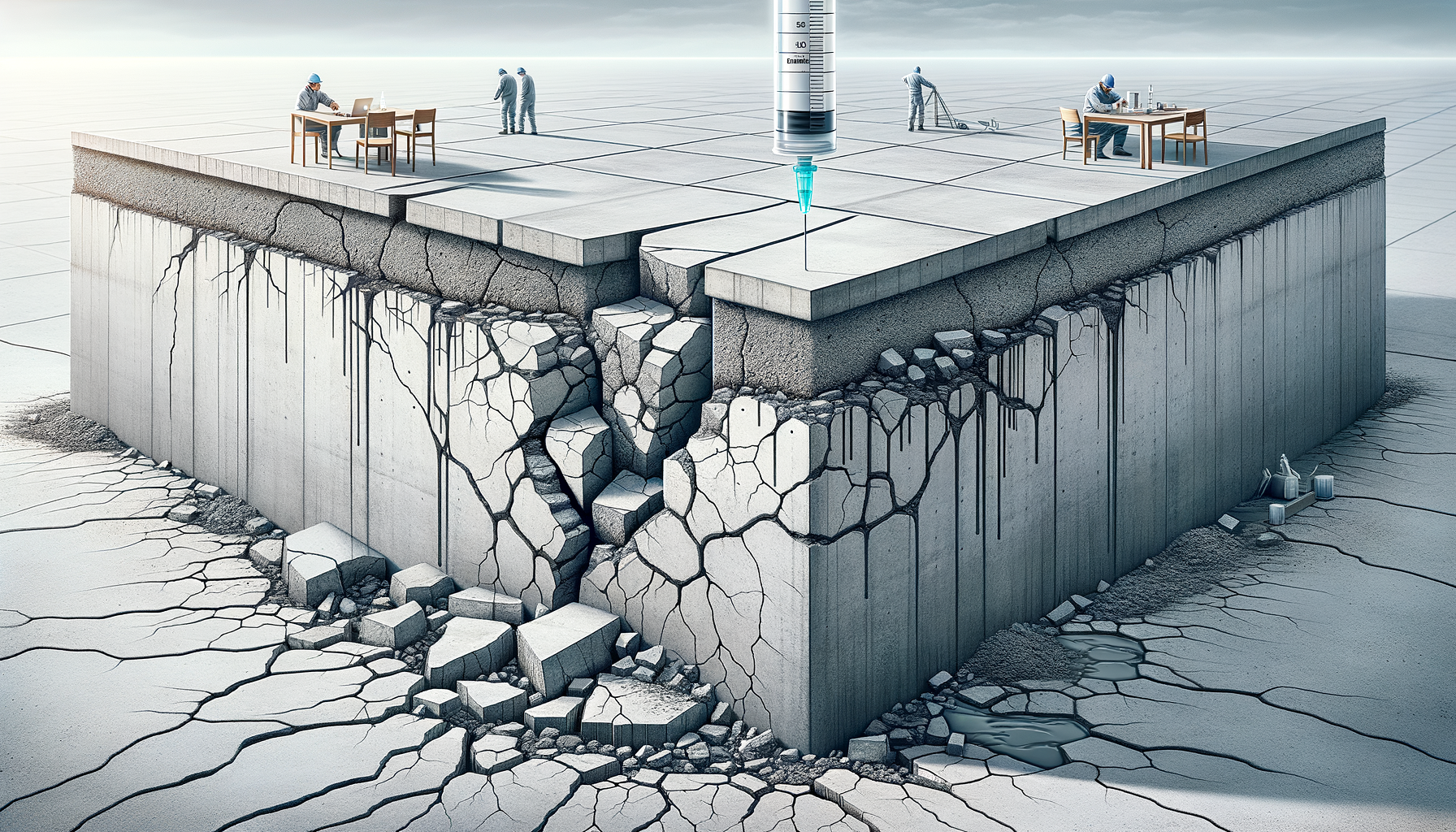Introduction to Concrete Crack Repair
Concrete is a fundamental building material used in various structures, from residential homes to towering skyscrapers. Despite its durability, concrete is not immune to cracks. These imperfections can arise from several factors, including thermal expansion, shrinkage, or even seismic activities. Understanding the importance of concrete crack repair is essential for maintaining the structural integrity and longevity of any concrete structure. Proper repair techniques not only enhance the appearance of concrete surfaces but also prevent further deterioration that could lead to costly repairs or replacements.
Causes of Concrete Cracks
Before diving into repair methods, it’s crucial to comprehend why cracks occur in the first place. Common causes include:
- Thermal Expansion and Contraction: Concrete expands and contracts with temperature fluctuations, leading to stress and potential cracking.
- Shrinkage: As concrete dries, it can shrink, causing surface cracks.
- Overloading: Excessive weight or pressure can lead to structural cracks.
- Seismic Activity: Earthquakes or minor tremors can cause significant cracking in concrete structures.
Identifying the root cause of cracks is essential in selecting the appropriate repair method. For instance, cracks due to shrinkage might require different solutions compared to those caused by seismic activity.
Methods for Repairing Concrete Cracks
There are several techniques available for concrete crack repair, each suited to specific types of cracks and damage levels. Here are some of the most commonly used methods:
- Epoxy Injections: This method is ideal for narrow cracks. Epoxy injections restore the structural integrity of concrete by filling the cracks with a strong adhesive.
- Routing and Sealing: For larger cracks, routing and sealing is a preferred method. This involves enlarging the crack and filling it with a sealant, preventing water infiltration and further damage.
- Stitching: This technique involves drilling holes on both sides of the crack and installing metal staples to hold the concrete together.
- Resurfacing: When cracks are extensive, resurfacing the entire concrete surface might be necessary to restore its appearance and function.
Each method has its pros and cons, and the choice depends on factors such as the crack’s size, location, and underlying cause.
Tools and Materials Needed for Concrete Crack Repair
Successful concrete crack repair requires the right tools and materials. Here’s a list of essentials:
- Crack Chaser Blade: Used for routing cracks to prepare them for sealing.
- Epoxy or Polyurethane Sealant: Essential for filling and sealing cracks.
- Caulking Gun: Necessary for applying sealants accurately.
- Wire Brush: Used to clean the crack area before repair.
- Protective Gear: Safety goggles and gloves to protect against dust and chemicals.
Having the right tools not only ensures a high-quality repair but also makes the process more efficient and safer for the individual performing the task.
Conclusion: Ensuring Long-Lasting Concrete Structures
Concrete crack repair is a vital aspect of maintaining the durability and aesthetics of concrete structures. By understanding the causes of cracks, selecting the appropriate repair method, and using the right tools, property owners and builders can ensure their concrete structures remain safe and visually appealing for years to come. Regular inspections and timely repairs are key to preventing minor cracks from turning into major structural issues. Ultimately, investing in proper concrete crack repair techniques is an investment in the longevity and stability of your concrete surfaces.




Leave a Reply